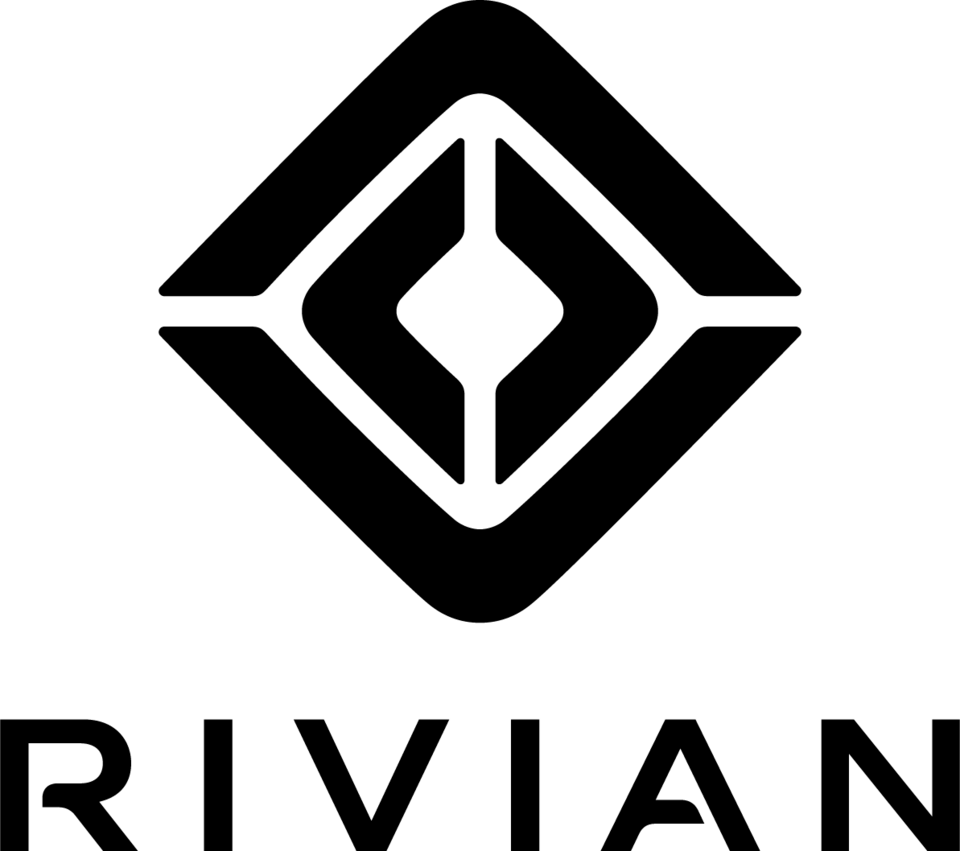The true ROI of should-cost software: more than just a cost estimate

In times of increasing cost pressure and global supply chains, the ROI of should-cost software is a strategic advantage that many companies still underestimate. These tools do far more than just estimate component prices - they open up new avenues for purchasing and product development, with a clearly measurable return on investment.
Precision instead of estimation: What is behind Should-Cost?
Should-cost software enables detailed cost analyses based on real production processes, raw material prices, wages and production technologies. Unlike conventional calculations, it provides transparent, well-founded reference values. This achieves a new level of quality in discussions with suppliers.
Purchasing: Faster, targeted negotiations
A decisive aspect in the ROI of should-cost software lies in purchasing: negotiations become fact-based and more efficient. Teams come up with well-founded arguments, which replaces price pressure with discussions based on partnership. This not only saves money, but also valuable time - an often overlooked ROI factor.
Development: cost targets under control from day 1
In product development, should-cost software helps to realistically define cost targets at an early stage. Components can be evaluated as early as the design stage, avoiding expensive iterations. The ROI is reflected here in shorter development cycles and lower change costs.
Sustainable savings through internal transparency
An additional advantage: the internal cost culture is changing. Specialist departments understand better why components may cost how much - and what is possible. This transparency creates long-term savings potential across all departments.
A real ROI multiplier
The true ROI of should-cost software unfolds in several dimensions: faster decisions, more informed development, shorter negotiations and long-term cost transparency. Companies that use these tools strategically report double-digit percentage savings - with payback periods of less than a year.






































.svg)





































